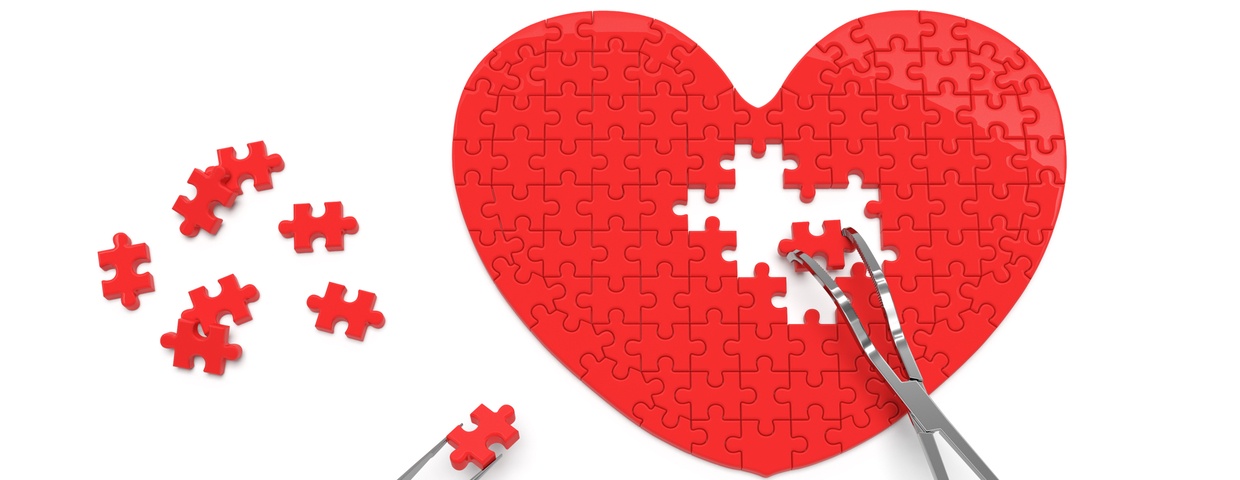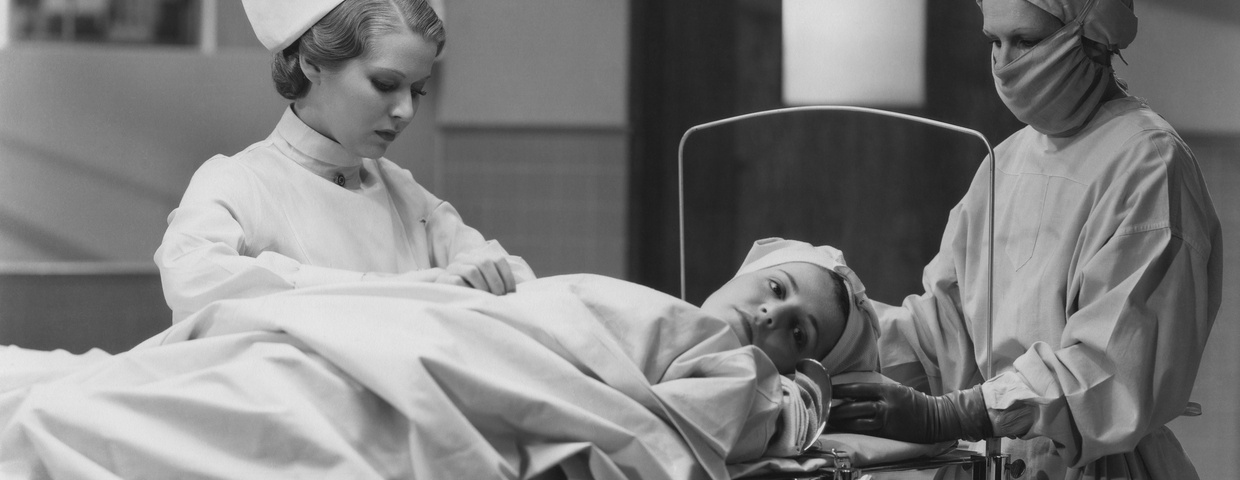How Diet Impacts Cardiac Rehab
There are a lot of tips associated with the recovery of a patient after heart surgery. Most people do not think that one’s diet plays a role. This would be a wrong assumption. Your dietary habits are actually essential to this process. In fact, adopting good habits can help you to avoid future problems with your heart. Healthy eating is a good technique to encourage the healing process after heart procedures.
Patients who have had dietary problems or suffer from obesity may have problems in this area. In these cases, doctors provide instructions for what foods are best for your diet. Many patients find it difficult to get back to a regular eating schedule. Some even say that their appetites are gone. Smaller and frequent meals are often the best option for these patients. You should keep dietary habits that will benefit overall health and become a lifestyle change.
More Fruits and Veggies










